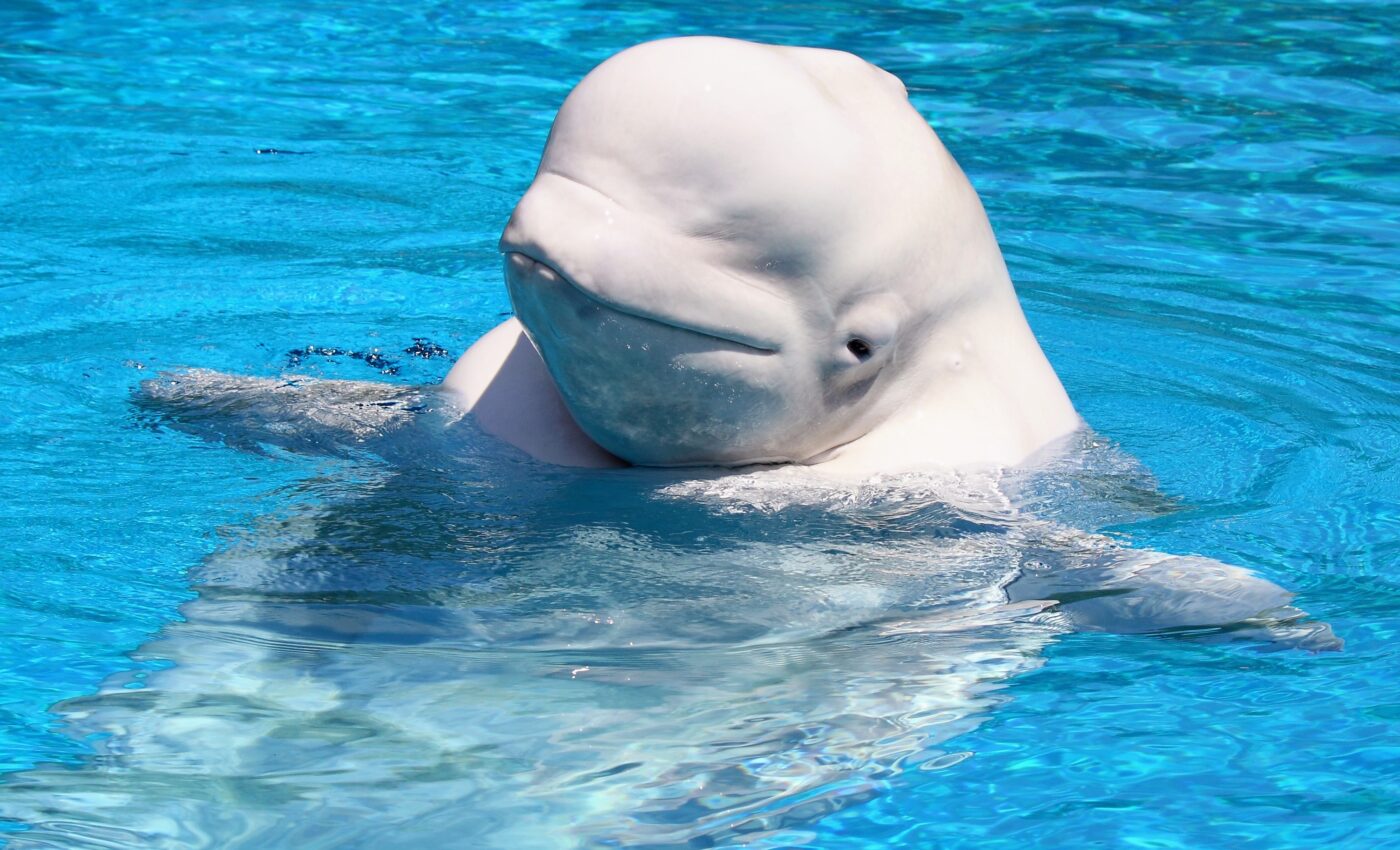
Ship noise threatens the survival of beluga whales
Beluga whales are known for their highly social and vocal nature, and play a crucial role in marine ecosystems. They rely on acoustics for navigation, prey detection, predator avoidance, and maintaining social bonds.
However, in Alaska’s Cook Inlet, home to a critically endangered beluga population, these vital communications are increasingly threatened by human-generated noise.
This is the conclusion of a study led by the University of Washington, in collaboration with the National Oceanic and Atmospheric Administration’s Alaska Fisheries Science Center and the Alaska Department of Fish and Game.
Shipping noise
The study marks the first detailed documentation of these whales’ communication patterns and the first quantitative analysis of how shipping noise could be overshadowing their calls.
The researchers identified 41 distinct call types, with 18 unique to the Cook Inlet population. Alarmingly, the study notes that the noise from commercial ships completely drowns out the whales’ most frequently used calls.
Critical habitat
Arial Brewer, the study’s lead author and a doctoral student at the UW’s School of Aquatic and Fishery Sciences, emphasized the significance of this critical habitat for beluga whales.
“The core critical habitat for these whales is a very noisy area. Commercial shipping, an international airport, military operations and gas and oil exploration are all concentrated there,” said Brewer.
“A fundamental knowledge gap for the Cook Inlet beluga population is how they communicate important information. The first step is to describe their vocal repertoire. With that information, we can begin to understand if their communication is impacted by human-caused noise.”
Acoustic communication
Understanding how Cook Inlet belugas communicate is vital, given their precarious status. Cook Inlet, with its abundance of glacial runoff, offers poor visibility, making acoustic communication essential for these non-migratory whales.
The region’s unique environmental conditions, including turbid waters, strong tides, and seasonal ice, pose significant challenges for research.
Year-round noise
”All of that human-caused noise means the belugas may not hear critical communications from each other, such as predator alarm calls or a mother calling to her calf,” said Brewer.
While all whales are affected by noise, Cook Inlet belugas may be particularly vulnerable to noise as a stressor.
“Cook Inlet is extremely turbid year-round from glacial runoff. It looks like chocolate milk,” explained Brewer. “Acoustic communication is extremely important for this population since visibility is so poor. And, unlike other, higher-Arctic beluga populations, this population is non-migratory, so they are exposed to this noise year-round.”
Focus of the study
The Cook Inlet Beluga Acoustics Program has been monitoring beluga whales and anthropogenic noise since 2008 using bottom-mounted passive acoustic recorders.
The study focused on recordings from 2018 to 2019, classifying beluga vocalizations into whistles, pulsed calls, and combined calls, further dividing them into 41 unique types.
Brewer’s extensive experience, involving thousands of hours of listening, highlights the significance of uncovering new call types.
Geographic and genetic isolation
The study suggests that while some calls are shared across populations, others are unique, potentially influenced by evolutionary, environmental, or cultural factors. The uniqueness of the Cook Inlet belugas’ calls may stem from their long-term geographic and genetic isolation.
A critical aspect of the research was analyzing how human-caused noise, particularly from commercial shipping, affects these whales.
Key insights
The study revealed that the most commonly used call types were partially or completely masked by ship noise, with each ship passage potentially disrupting beluga communication for nearly two hours. This is particularly concerning given the high volume of commercial shipping traffic in the area.
Nearly 500 commercial ships use the Port of Alaska each year, with an average of 8-10 ships coming and going per week. It is estimated that each ship passage drowned out beluga communication at the study site for one hour and 50 minutes on average.
Study implications
“Our results suggest that every time a commercial vessel transits through the Port of Alaska shipping lanes, Cook Inlet beluga communication could be heavily impacted within their core habitat,” said Brewer.
“Humans are such a visual species. It’s hard for us to comprehend how noisy it is under the surface of the ocean and how much noise impacts marine mammals such as belugas. We hope our findings will lead to further studies to better inform management about these types of human-caused impacts.”
The study is published in the Journal of the Acoustical Society of America.
Like what you read? Subscribe to our newsletter for engaging articles, exclusive content, and the latest updates.
—-
Check us out on EarthSnap, a free app brought to you by Eric Ralls and Earth.com.













